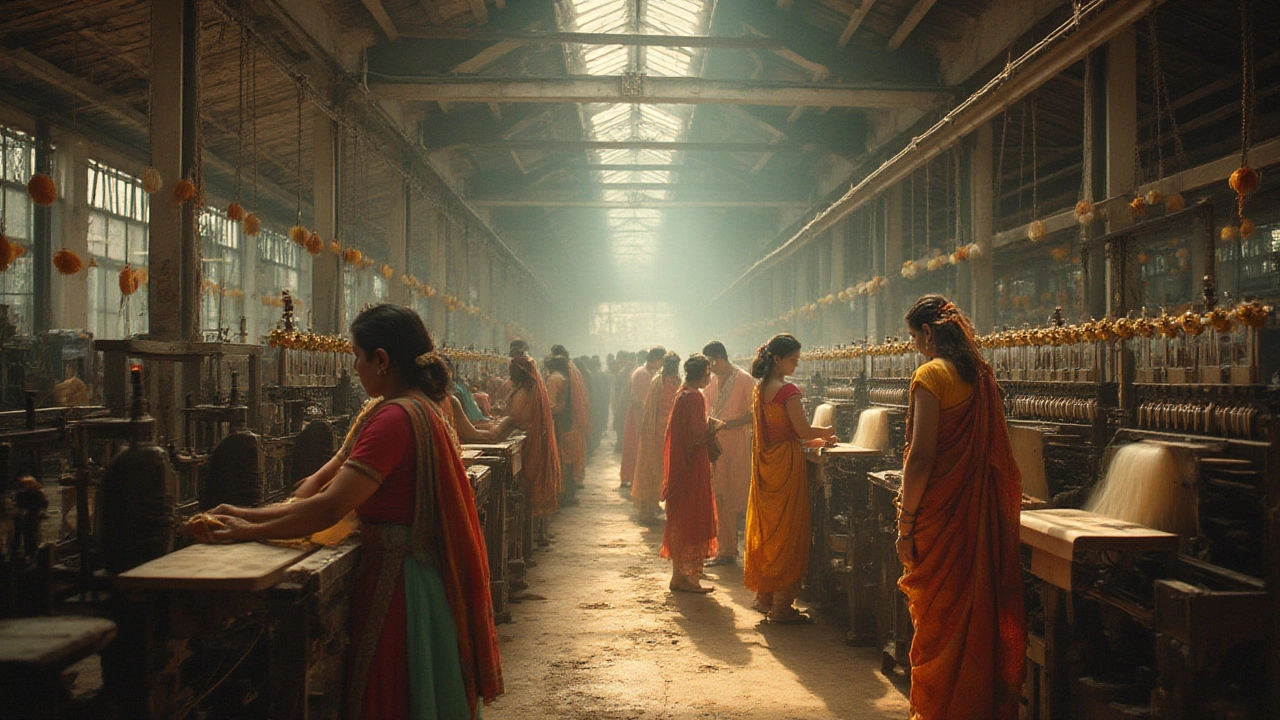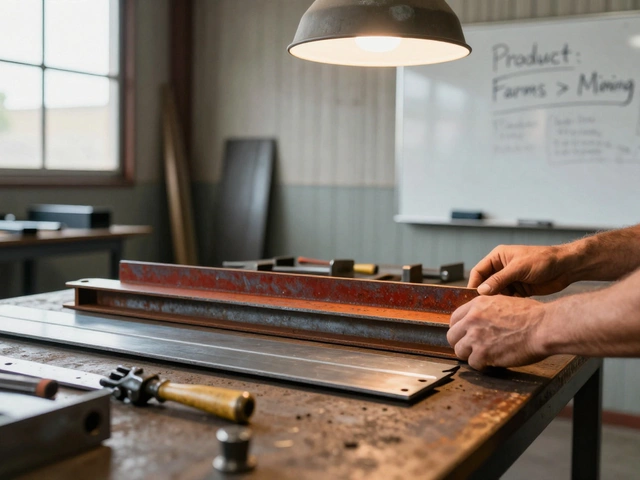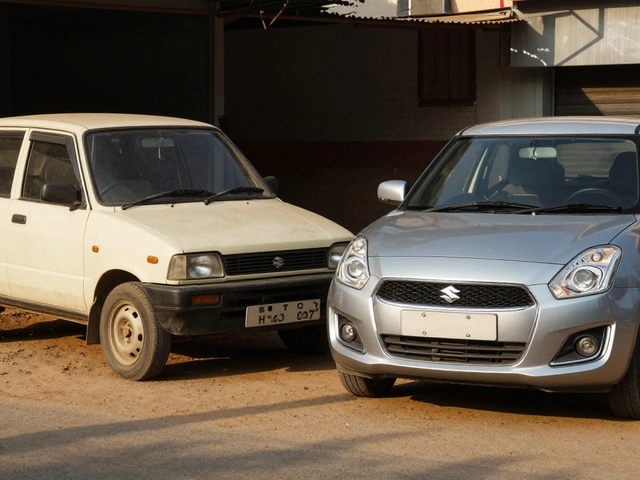Industrial Revolution – How It Shapes Today’s Manufacturing
When you hear "industrial revolution," you might picture steam engines and old factories. Today it’s a whole new game – robots, data, and green tech driving every step of production. If you’re building a factory, launching a startup, or just curious about where the industry is heading, this page gives you the practical bits you need right now.
Key Trends Driving the New Revolution
First up, automation isn’t just for big players. Small‑scale units are buying affordable CNC machines and collaborative robots that work side‑by‑side with people. This cuts errors and speeds up output without a massive capital hit.
Second, data is the new raw material. Sensors on every line feed real‑time numbers to cloud dashboards. You can spot a slowdown before it becomes a loss, and tweak settings on the fly. Small factories are using low‑cost platforms like Arduino or Raspberry Pi to get started.
Third, sustainability is no longer a buzzword. Energy‑saving motors, waste‑to‑energy loops, and reusable packaging are becoming baseline expectations. Governments reward factories that cut carbon, so the money‑saving angle is real.
Finally, the workforce is evolving. Skills in coding, basic robotics, and data analysis are now as important as welding or machining. Upskilling programs are popping up across India, helping factories keep talent in‑house.
Top Articles on This Tag
Want deeper dives? Here are the most useful reads linked to the "industrial revolution" tag:
- How to Become a Successful Manufacturer: Step‑by‑Step Guide for 2025 – A practical roadmap from idea to full‑blown production.
- Understanding the 5 M's of Manufacturing: Key Elements for Success – Breaks down Man, Machine, Material, Method, and Measurement.
- Why India Isn’t the World’s Manufacturing Hub: Deep Dive Into Challenges & Real Solutions – Looks at red tape, power issues, and what can change.
- Three Pillars of Manufacturing: What Actually Drives Success? – Focuses on production, quality, and efficiency with real‑world examples.
- Highest Demand Product Ideas for Manufacturing Startups – Shows which products are hot right now and why.
Each article is written in plain English, packed with examples you can copy, and updated for 2025 realities. Skim the list, pick a topic that matches your goal, and start applying the tips today.
Bottom line: the industrial revolution today is about smart machines, data‑driven decisions, green practices, and a new skill set. You don’t need a massive budget to join the wave – just the right knowledge and a willingness to try. Explore the articles above, pick one, and get moving. The future of manufacturing is already here; it’s waiting for you to tap in.
Major Economic Advantage of the Factory System: Mass Production Revolution
The factory system transformed industries by boosting efficiency, lowering costs, and making goods affordable. This article explores how mass production changed economies and daily life.
Read More




